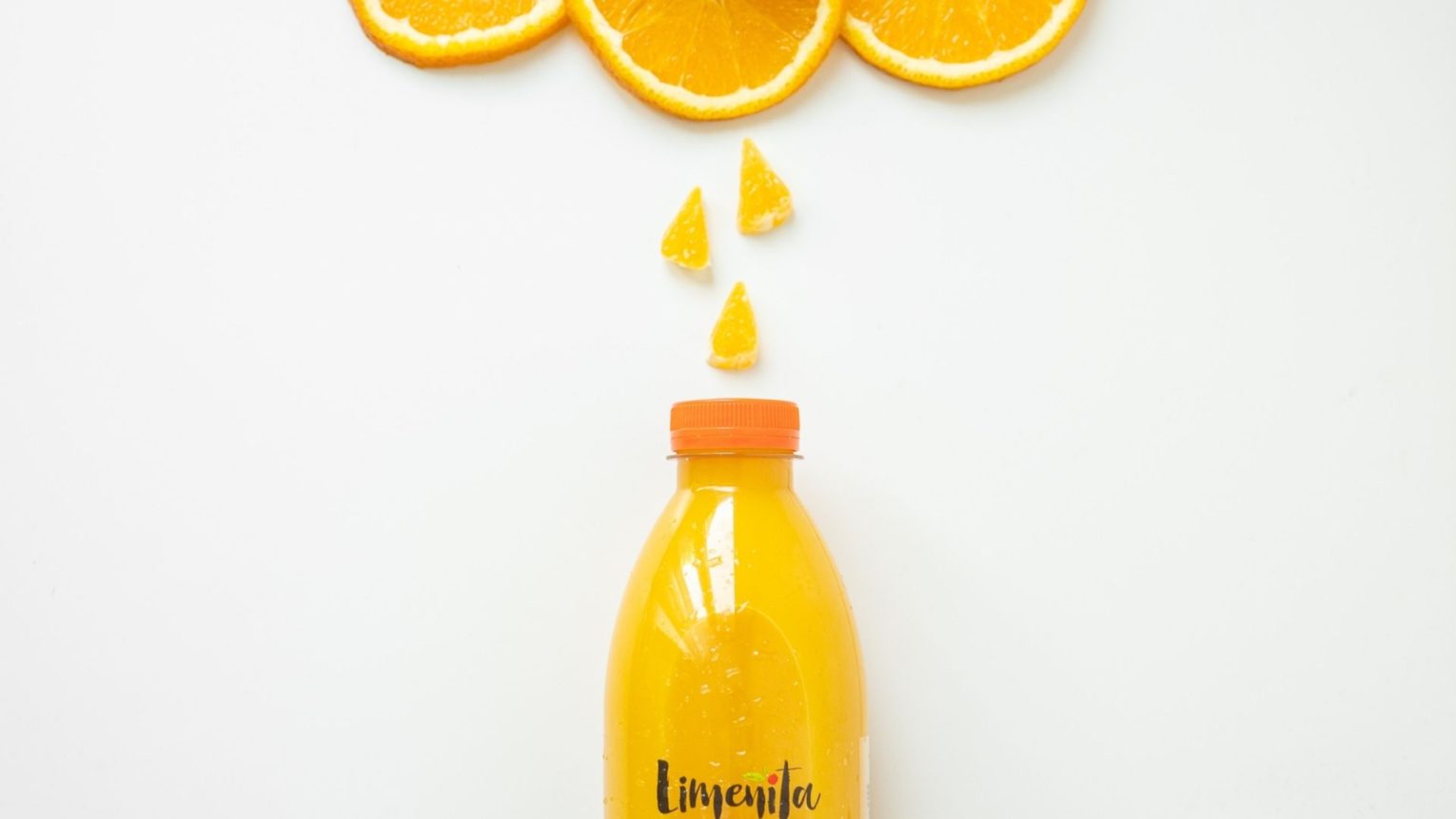What is the difference between “fresh”, juice and nectar?


Do you know the feeling when you come to the store and do not know which fruit drink to choose? Don’t know the difference between juice, must and nectar? In this blog, we will introduce you to various types of fruit drinks so that you can choose the right one next time. The most important difference is the content of the fruits, sugar, but the decisive factor is also the method of fruit processing.
Fresh
Among all of the fruit drinks, “Fresh” is closest to fresh fruit. Fresh fruit or vegetables are cold-pressed and no sugar or preservatives are added. “Fresh” is not pasteurized and should be drank immediately.
100% fruit juice
Fruit juice containing 100% fruit or vegetables. It can be from one or multiple fruits. However, this label does not mean that the juice is not from the concentrate – so it is important to read the ingredients.
Must
Must is a naturally squeezed 100% juice without the addition of sugar and preservatives. We usually know apple or grape must, but musts with cherries or pears are also known. The fruit is pressed or crushed to make as much juice as possible. The squeezed juice is filtered, poured into containers and allowed to settle. It is then drawn into the bottles with a tube and sterilized, the bottles are then closed and allowed to cool.
Nectar
Nectar is a beverage with less than 100% fruit or vegetables, its minimum fruit content is 25%. In nectar, the fruit juice is diluted with water. Nectar can be sweetened – with sugar, honey or artificial sweeteners, but it cannot contain preservatives or colorants either.
Fruit drink
Fruit drinks contain less than 25% fruit juice and it can contain colorants, preservatives and artificial flavors in addition to vitamins, minerals, sugars and sweeteners.
What is Limeñita?
Limeñita is a 100% juice from carefully selected fruits, without concentrates. The juices are gently pasteurized, by so-called flash pasteurization to preserve taste and nutritional properties.
Which type of drink do you prefer?
